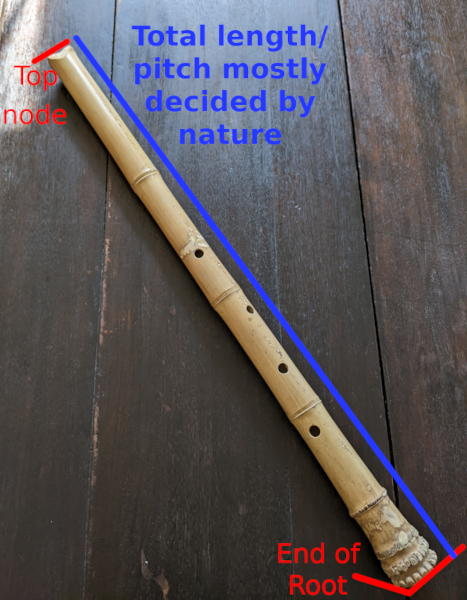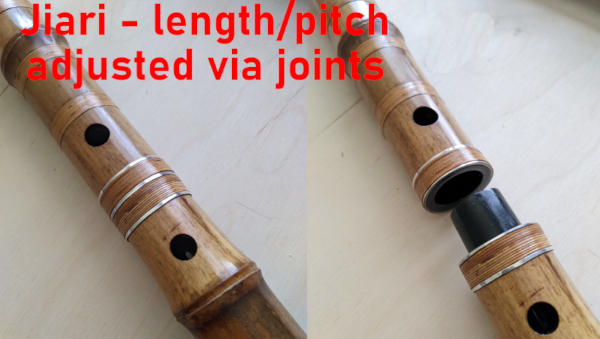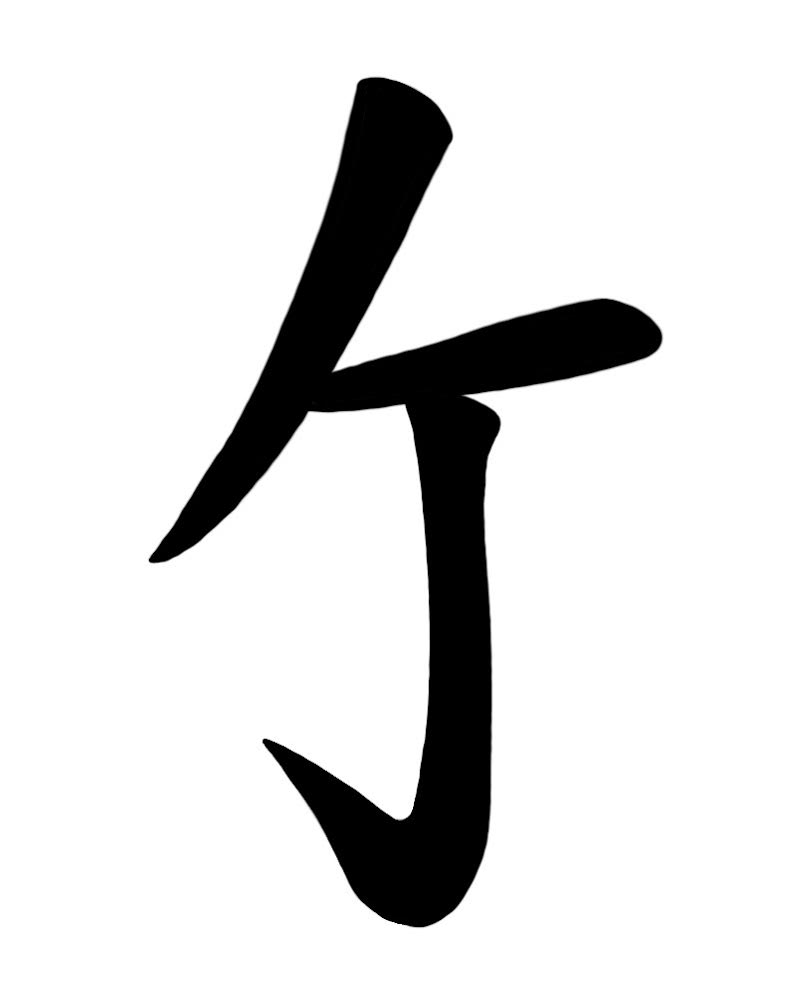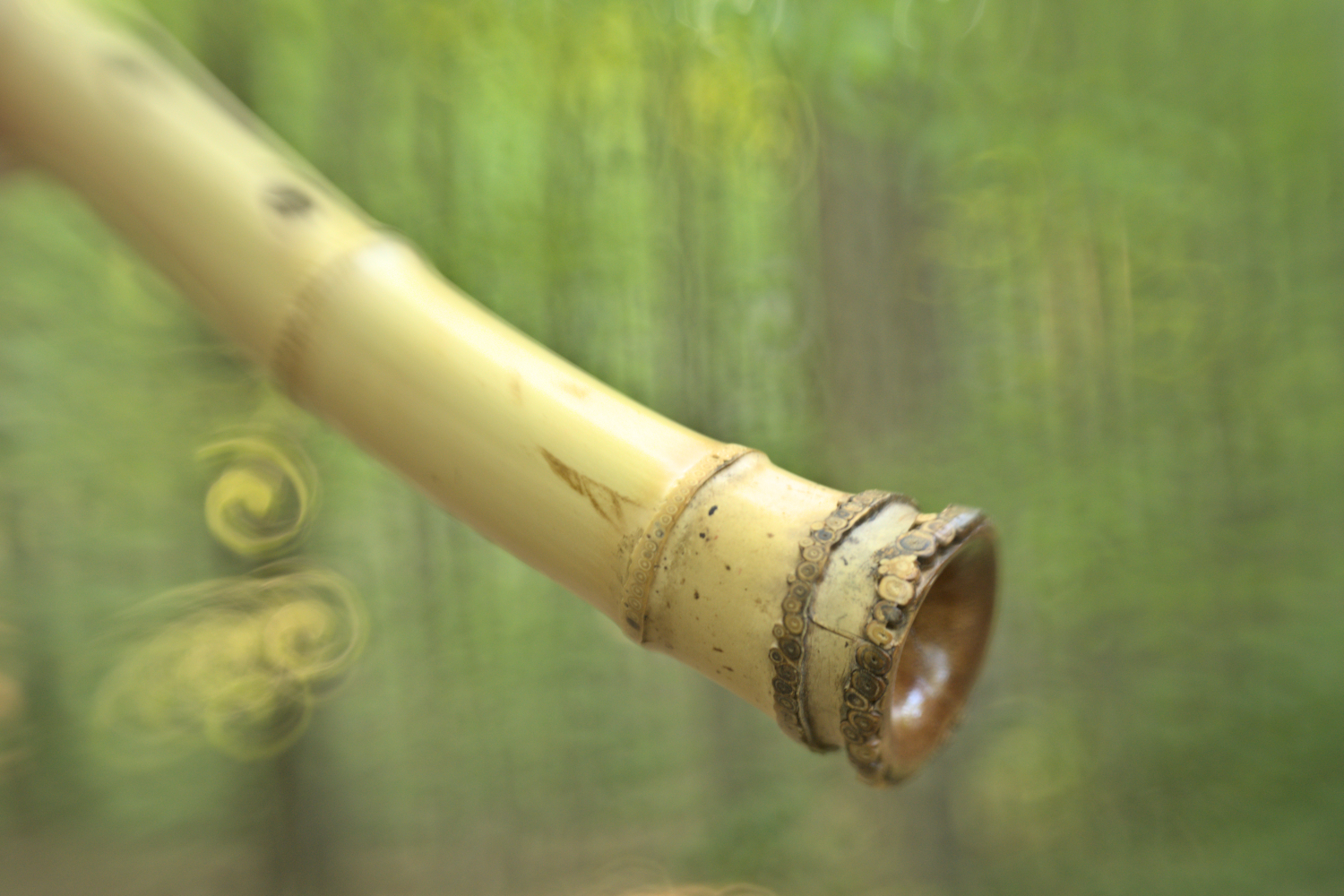Types of shakuhachi — Jinashi and Jimori vs. Jiari Jinuri and cast-bores
When exploring the world of shakuhachi, you’ll encounter terms like Jinashi, Jimori, and Jiari (or Jinuri). These distinctions primarily describe how the instrument’s inner bore is crafted. (Note: Definitions can vary slightly among makers and players, both inside and outside of Japan.)
Jinashi (地無し) Shakuhachi
Strictly speaking, Jinashi shakuhachi are crafted by working with the unique, natural bore of each bamboo piece solely through subtraction, that is, by carving or sanding away material. Craftspeople like myself aim to achieve the desired level of tuning and tonal balance through this method. The bores of Jinashi flutes are often lacquered, traditionally with urushi, though they can also be left raw. This approach is the most challenging, as it’s often impossible to correct some acoustical issues through subtraction alone.
When a Jinashi becomes a Jimori (地盛り) — Subtraction & Subtle Addition
When an acoustical issue cannot be resolved by subtraction alone, addition is required. Jimori shakuhachi are created by applying small amounts of paste (traditionally a mixture of urushi lacquer and jinoko stone powder) to specific areas of the bore. Like subtraction, these additions are carefully adjusted. Ultimately, subtraction and addition are two complementary techniques. Similar to Jinashi, Jimori bores can be left raw or lacquered over.
Jiari aka Jinuri (地塗り / 地在り) — The Human Made Bore
In contrast, Jiari (also known as Jinuri) shakuhachi feature bores that are completely filled and re-formed with plaster or glue (“cast-bore”). The resulting bore shape, or ‘profile,’ is entirely human-made and is not found naturally in bamboo. This artificial bore is then replicated consistently across different pieces of bamboo, essentially making the bamboo a ‘veneer’ or ‘shell’ around a fabricated core (though bore profiles can vary by maker). These instruments often incorporate center joints (see below). In essence, while they appear to be bamboo on the outside, their interior is not one found in nature.
Nobékan (延べ管) “One-Piece” Shakuhachi — Nature’s Voice and Beauty
How this effects pitch (and my pricing)


As shown in the image above, the total length and resulting pitch for a Nobékan (one-piece) shakuhachi is largely determined by nature. Specifically, the natural distance between the topmost node (where the blowing edge is formed) and the bottom roots. Conversely, some instruments, such as the Jiari pictured above, feature a center joint. Joint(s) allow craftsperson to adjust the final length and thus the pitch of the key, to which all of the finger-holes are tuned to match (most often to 440Hz).
To some extent, jointing also allows makers to adjust where the finger-holes will fall, avoiding landing on nodes and striving for the rigid aesthetic. (Note: Some instruments may appear one-piece but can have hidden joints beneath inlaid rattan binding wraps. While more rare, some Jinashi or Jimori may also occasionally feature joining work.)
However, 440Hz keys are only needed if you’re playing with other people with 440Hz instruments. Of course, sometimes Nobékan naturally work out to a 440Hz key as well. (Note: while 440Hz keys and rigid aesthetics command higher prices, in my shop they don’t equal superiority. This is because I uphold the same uncompromising quality with all of my works.)
Advantages of Quality Jinashi & Jimori
- Lighter Weight: Particularly noticeable in longer shakuhachi.
- Greater Variety: Offers a higher number of larger sizes and keys not found on a modern A4=440Hz piano, including those used in Edo period Japan.
- Structural Integrity: Usually crafted as one-piece (Nobé) instruments, making them inherently more structurally sound. Jiari often have a center joint, which can be vulnerable to breakage and requires care or maintenance.
- Easier Repair: Cracks are typically far easier to repair, and the original sound remains unaffected. In Jiari, cracks often dislodge the plaster, making restoration difficult or impossible, and repairs more complex and costly.
Advantages of Quality Jiari
- Portability: Can be split into two pieces for convenient travel when equipped with a typical center joint.
- Volume & Speed: Can be made to play ultimately louder and faster than comparable Jinashi and Jimori instruments. They are also easier to play at higher volumes and speeds.
- Availability: Quality examples are less rare than Jinashi and Jimori, though primarily for standard lengths and keys.
Definitions
- Ji (地): Traditionally, a paste or plaster made by mixing urushi lacquer and jinoko (stone powder). Today, ‘ji’ refers to any material, such as glue, that adheres to bamboo for bore shaping. (Not to be confused with lacquer, which is a protective coating painted onto the inner bore, typically brown, black, or red.)
- Jinashi (地無し): Literally “no paste.” The strict definition means absolutely no paste applied to the bore. Adherence to this strict definition varies among makers.
- Jimori (地盛り): Literally “paste a portion.” Portions of the bore have Ji applied, usually in very small, targeted areas.
- Jinuri (地塗り / 地在り): Literally “pasted/plastered.” The entire bore is covered in paste/glue and shaped or cast into a predetermined, human-made profile not found naturally in bamboo.

